Principle of Operation:
Photovoltaic cells are solid-state semiconductor devices that convert Solar Energy into Electricity (direct current). These Solar cells are connected in series or in parallel to obtain desired output and are called Solar modules. Solar modules when connected in series or in parallel to meet Load requirement are called solar array.
Working Methodology:
The Energy produced by the Solar module is used to charge the Lead Acid Battery. The Load is powered using the energy stored in the battery through Electronics. The Electronic circuitry is consisting of Charge Control Unit and Inverter. The Charge Control Unit is used to control the over charging and deep discharging of the battery, which in turn increases the Life of the battery. Inverter is used to convert the DC to 230 V AC with 50 Hz Frequency.
Solar Power System
The system generates power in the day time as long as the sun light available for generating power. Battery backup can be connected to the system to store the generated power for the power supply in the night time. The capacity of the battery bank will be depends on the back up period required.
Features :
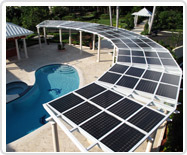
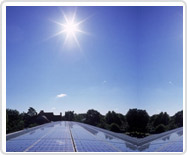
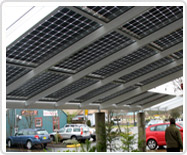
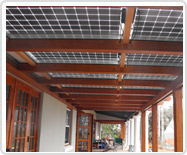
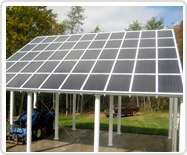
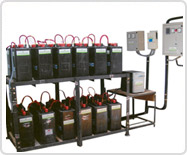
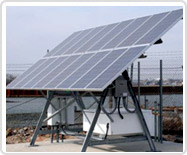

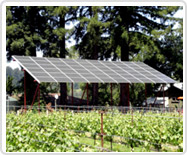
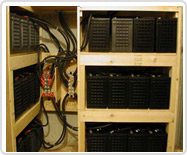
Effect of Environment and severe Climatic conditions:
Solar Photovoltaic modules produce power in all types of weather. On partly cloudy days they can produce up to 80% of their potential energy delivery; about 50% on hazel humid days and on extremely overcast days they still produce 30% of rated power. Photovoltaic module generates more power at lower temperatures. This is because Photovoltaic is really electronic devices and generates electricity from light, not heat.
The Photovoltaic modules are the longest-lived component of a solar system. The life of Solar modules is more than 20 years and they are warranted for a period of 10 years. They are designed to with stand all of the rigors of the environment including artic cold, desert hear, tropical humidity, winds in excess of 125 mph (200 kmph} and 1 inch (25mm) hail at terminal velocity.
Solar system is warranted for a period of 12 months from the date of supply and the performance warranty for Solar modules is 10 years from the date of supply.
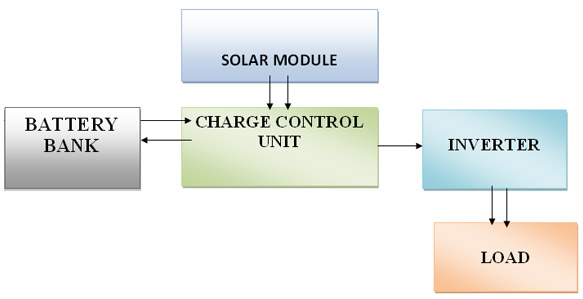
INTANGIBLE BENEFITS OF THE SPV SYSTEMS OVER THE CONVENTIONAL SYSTEMS
| 1 | Description | Conventional Systems | Solar System |
| 2 | Protection from the fire hazards | NO | yes |
| 3 | Energy savings | Nil | Yes |
| 4 | Availability of lights during power cuts | No | Yes |
| 5 | Availability of lights due to the voltage fluctuations. | No | Yes |
| 6 | Captive nature and self sufficiency | No | Yes |
| 7 | Increase in energy cost due to tariff changes | Yes | No |

